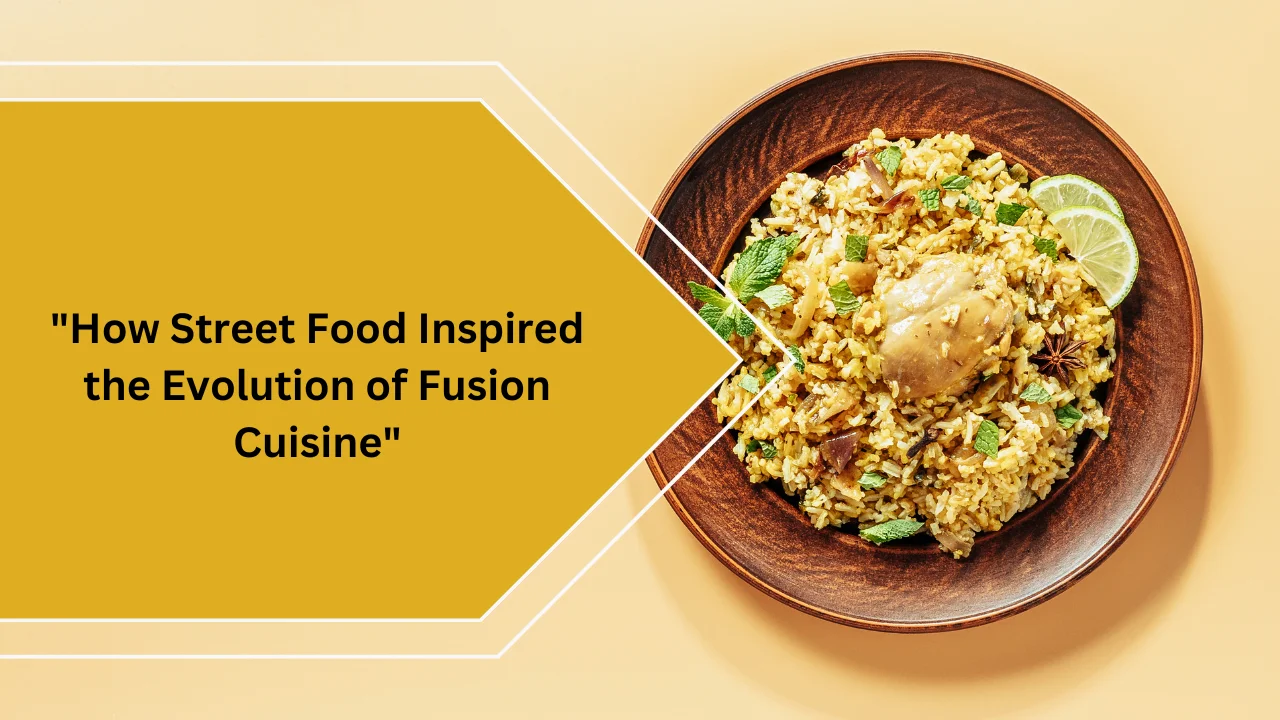Street food has long been a cornerstone of global culinary cultures, offering quick, flavorful, and often affordable meals that reflect the essence of local traditions. Over time, the vibrant and diverse nature of street food has significantly influenced the evolution of fusion cuisine. This article explores how street food has inspired and shaped the development of fusion cuisine, highlighting the innovative ways in which street food traditions have merged with other culinary practices to create exciting new dishes.
The Essence of Street Food
Street food is characterized by its accessibility, bold flavors, and local ingredients. From bustling markets in Bangkok to food trucks in New York City, street food captures the essence of its cultural origins while often incorporating innovative twists. The versatility and adaptability of street food make it an ideal candidate for fusion experimentation, allowing chefs to blend traditional elements with new influences.
The Influence of Street Food on Fusion Cuisine
- Innovative Flavor Combinations: Street food vendors are known for their creativity and willingness to experiment with flavors. This innovative spirit has influenced fusion cuisine by showcasing how traditional ingredients can be combined in unexpected ways. For example, the Korean BBQ taco—a popular fusion dish—originated from the idea of blending the savory flavors of Korean barbecue with the convenience and texture of Mexican tacos. This kind of experimentation reflects the same boldness and creativity found in street food.
- Cross-Cultural Exchanges: Street food often reflects the cultural melting pot of urban environments. In cities with diverse populations, street food vendors frequently combine ingredients and techniques from various culinary traditions. This blending of influences serves as a natural precursor to fusion cuisine, demonstrating how different culinary traditions can come together to create new and exciting dishes. For instance, the integration of Indian spices into traditional British dishes, such as the popular chicken tikka masala, began as a street food phenomenon before gaining mainstream recognition.
- Accessibility and Adaptability: Street food is inherently adaptable, with vendors often modifying their offerings based on available ingredients and customer preferences. This adaptability is a key characteristic of fusion cuisine, which thrives on the ability to blend and modify traditional recipes. The success of street food fusion dishes often relies on the same principles of creativity and adaptability that street vendors employ daily.
Notable Examples of Street Food-Inspired Fusion Dishes
- Bao Buns with Fusion Fillings: Traditional Taiwanese bao buns, soft steamed buns filled with savory ingredients, have been reimagined with a variety of international fillings. Fusion versions might include BBQ pork belly with pickled vegetables, or even kimchi and fried chicken, combining Asian street food elements with global flavors.
- Sushi Burritos: The sushi burrito is a prime example of street food innovation that merges Japanese sushi with the convenience of a burrito. Originating from food trucks and casual eateries, this fusion dish combines sushi ingredients such as rice, fish, and vegetables, wrapped in a large seaweed sheet, offering a portable and satisfying meal.
- Churro Ice Cream Sandwiches: This dessert blends traditional Spanish churros with modern American ice cream flavors. By using churros as the “bread” for an ice cream sandwich, this fusion dish marries the crispy, sugary delight of churros with the creamy richness of ice cream, creating a unique and indulgent treat.
- Tandoori Chicken Pizza: Combining Indian and Italian influences, this dish features tandoori-spiced chicken on a traditional pizza base. The spicy, aromatic flavors of tandoori chicken paired with mozzarella cheese and tomato sauce exemplify how street food flavors can be adapted to new culinary contexts.
The Impact of Street Food on Fusion Cuisine
- Driving Culinary Innovation: Street food’s emphasis on bold flavors and creative combinations has driven the evolution of fusion cuisine. Chefs and food entrepreneurs have drawn inspiration from street food vendors, using their techniques and flavor profiles to develop new fusion dishes that captivate diners and reflect the dynamic nature of global food culture.
- Influencing Restaurant Trends: Many successful fusion restaurants and food trucks have been inspired by street food. These establishments often feature menu items that blend street food influences with other culinary traditions, offering diners a taste of innovative and exciting dishes that reflect the diversity of global street food.
- Fostering Culinary Exploration: The fusion of street food elements with other culinary traditions encourages diners to explore new flavors and dishes. By highlighting the versatility and creativity of street food, fusion cuisine opens the door to a broader appreciation of global culinary traditions and encourages adventurous eating.
Challenges and Considerations
While the influence of street food on fusion cuisine is largely positive, it also presents some challenges. One concern is ensuring that fusion dishes are created with respect for the cultural origins of the ingredients and techniques used. Culinary innovation should be approached with cultural sensitivity to avoid perpetuating stereotypes or appropriating culinary traditions.
Another challenge is maintaining the balance between innovation and authenticity. Fusion cuisine must strive to create dishes that are both creative and respectful of traditional culinary practices, ensuring that new combinations enhance rather than dilute the flavors and techniques from which they originate.
Conclusion
Street food has played a significant role in shaping the evolution of fusion cuisine, inspiring innovative flavor combinations and blending diverse culinary traditions. By embracing the creativity and adaptability of street food, fusion cuisine reflects the dynamic and interconnected nature of global gastronomy. As culinary trends continue to evolve, the influence of street food will remain a driving force in the development of exciting and novel fusion dishes, enriching our dining experiences and celebrating the richness of global food culture.
